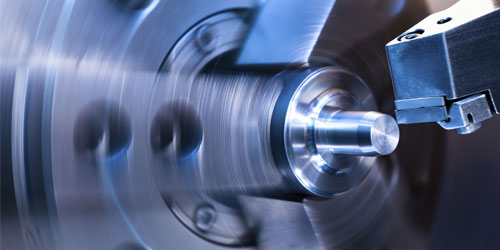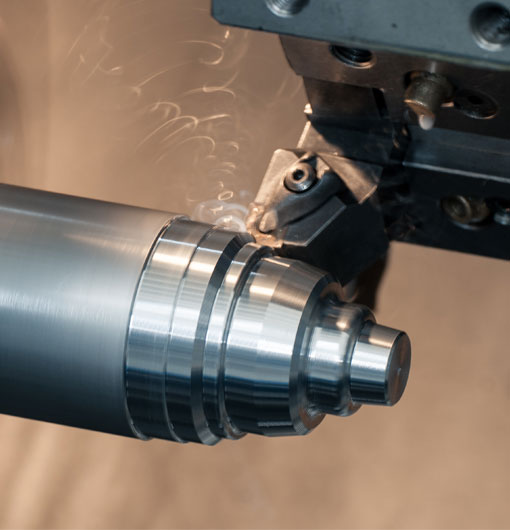Mastering CNC Hardware Turning Parts Processing: A Comprehensive Guide
Introduction
Computer Numerical Control (CNC) has revolutionized modern manufacturing by automating machinery to perform tasks with precision and speed. In the world of metal fabrication, CNC turning is the process of creating custom parts or components with the help of a lathe. This article aims to provide an in-depth understanding of CNC hardware turning parts processing, its advantages, and useful tips on how to optimize the process for better results.
CNC Turning: The Process
CNC turning is a subtractive manufacturing method, which involves removing material from a workpiece to create a specific shape or design. Typically performed on a lathe, a CNC machine consists of a rotating workpiece (referred to as the raw material or blank), jaws to hold the workpiece, and cutting tools operated under computer control. The turning process follows these general steps:
1. Designing the part: This stage involves creating a CAD (Computer-Aided Design) model of the part to be manufactured. The design includes measurements, shapes, and finishes required for the final product.
2. Programming the CNC machine: The CAD design is converted into a set of instructions called G-code, which serves as the language that communicates with the CNC machine. G-code dictates the movements, cuts, and speeds of the cutting tools.
3. Setting up the machine: The operator mounts the workpiece, selects the appropriate cutting tools, and installs them in the tool turret.
4. Running the program: The CNC machine follows the G-code instructions to shape the workpiece accordingly.
5. Quality control and finishing: Finally, the turned part is inspected for dimensional accuracy and surface finish. Any necessary post-processing tasks, such as deburring, polishing, and coating, are performed to ensure that the part meets predetermined specifications.
Advantages of CNC Turning
CNC turning uses computer algorithms to control the cutting tools, providing numerous advantages over manual turning, including:
Precision: CNC machines enable highly accurate and repeatable results, minimizing the chances of human error.
Efficiency: Automated processes can run 24/7, producing a large number of complex parts in a shorter period.
Flexibility: Easily changeable designs make CNC turning suitable for low to high production volumes and prototyping.
Cost savings: Decreased human intervention, reduced material waste, and quick production times lead to overall cost savings in the long run.
Tips to Optimize CNC Turning Processes
To ensure the desired outcome and boost productivity in the CNC turning process, keep the following tips in mind:
1. Choose the right cutting tools: Understand the material being machined and select cutting tools suitable for that material. The type of cutting tool, its geometry, and material will impact the quality and surface finish of the turned part.
2. Adjust feed rate and spindle speed: Finding the optimal balance between cutting speed and feed rate is essential for the efficient removal of material without generating excessive heat.
3. Lubrication and cooling: Adequate lubrication and cooling reduce heat generation and prolong the life of the cutting tools.
4. Adhere to maintenance routines: Regularly inspect the machine, consistently perform preventative maintenance, and make necessary adjustments to prevent unexpected breakdowns.
5. Verify program correctness: Simulate the machining program using CAM software to ensure there are no potential code errors or collisions that may damage the machine or workpiece.
Advanced CNC Turning Techniques
To further surpass the limitations of traditional CNC turning, consider adopting these advanced techniques:
Live tooling: Integrating rotary cutting tools into the CNC lathe allows simultaneous milling and drilling operations, eliminating the need to move the workpiece between different machines.
Multitasking centers: A combination of CNC turning centers with other machining operations like CNC milling and grinding provides a complete solution for complex components under one platform.
Sub-spindle functionality: Dual-spindle lathes can hold two workpieces in separate spindles, enabling simultaneous machining on both ends and reducing setup and production times.
Final Thoughts
As illustrated, CNC hardware turning parts processing is a versatile, efficient, and cost-effective method for creating high-quality components. By understanding the process, selecting appropriate tools and techniques, and implementing preventive maintenance, operators can optimize CNC turning to help businesses achieve exceptional results.
cnc hardware turning parts processing













